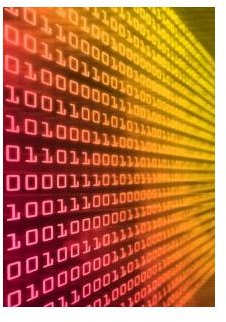Understanding Hacker Statistics
In the year 2010, there was an apparent growth in hacking and computer crimes according to security reports by the RSA and the cyber crime wing of the Department of Justice and the FBI. Recently, in 2011, the Playstation Network, which is the online service for the Playstation console, was hacked. This compromise resulted in the loss of millions of users’ information.
Hacking is obviously a very real threat, but what do we really know about hackers?
Hacker Statistics
According to a report released by the RSA, there was a 7% increase in the amount of phishing attacks worldwide between the months of July and August 2010. The United States currently leads as the country that suffered the most attacks in regards to online cyber threats with 35% of these aimed at citizens of the US; the US was also the country that hosted the most attacks, with 60% of phishing attacks starting from the US.
The recent November report that was released by the RSA noted that there was a slight decrease in cyber attacks between August 2010 and September 2010, with total attacks decreasing by one percent. The reasoning is that there haven’t been as many noticeable attacks against larger corporations, such as banking and financial institutions. This doesn’t necessarily translate to greater online safety.
A recent PBS special revealed that the Pentagon receives over six million hacking and security threats a day and that some of departments, such as the Department of Energy, also suffer from vulnerabilities with their online security.
Another report, this one released by Verizon’s Business 2010 Data Breach Investigations for the previous year of 2009, notes that hacking attempts and malware held the number 2 and 3 spots in regards to data breaches that companies experienced (the number 1 cause was the abuse of privileges). About 40% of data breaches happened due to hacking, while 38% were the results of malware.
What the Statistics State
Hackers are becoming better at finding ways to break into computer systems. The November 2010 report from the RSA goes over the new Zeus 2.1 trojan, which can in essence mask its signature in order to avoid being removed by anitvirus or other programs that protect and secure a computer system.
The recent and public troubles of Sony’s online Playstation Network has brought the issue of hacking to the forefront of 2011. The network itself has been down for over two weeks, and at current count nearly 70 million users may have had their information hacked. So far, this is the first public hacking incident for the new year, but it probably won’t be the last.
The best way for users of all types to protect themselves is to be diligent in their computer usage. Always make sure that your computer has antivirus, antispyware and antimalware protection and never give out personal information to a person or a website that you do not personally know. Double check links before clicking on them, and when in doubt in dealing with your bank or financial institution online, give them a call in the event that you suspect a fraudulent email or correspondence.
References
RSA Anti-Fraud Command Center
RSA Online Fraud Report, November, 2010
Wager Run - Playstation Network Down
Image content @ Stock.Xchng
